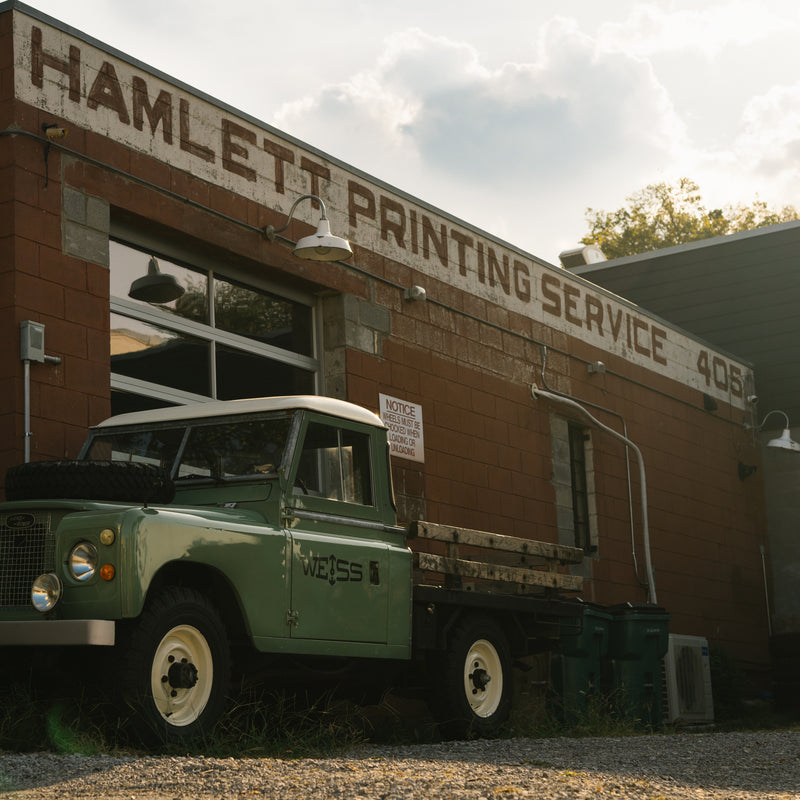As watches become more complex with the aid of computer manufacturing and design, maintaining tight tolerances and flawless surface finishes for certain components becomes increasingly important. In watchmaking, it's essential to ensure that polished surfaces are flawless, even under 20 times magnification, and to inspect parts visually and measure tolerances with precision. As technology advances, the cost of these high-powered tools has decreased, making them more accessible to watchmakers.
It used to be uncommon to find a high-powered digital microscope or digital measuring system in a watchmaker's workshop, but it's becoming more and more normal. Today, many watchmakers use magnification tools like microscopes for tasks such as fine oiling, assembly, and inspection. The advantage of using a microscope is that you can sit in a normal position, use both eyes, and adjust the magnification for the task at hand without needing to change positions or tools. Special lighting, like backlighting or downlighting, is also helpful for checking surface finishes or measuring specific features like through-holes.
In modern watchmaking workshops, it's almost standard to have at least one microscope. For instance, brands like Omega require a microscope to purchase replacement parts and work on watches with a coaxial escapement. However, it's still uncommon for each individual watchmaker to have their own microscope; usually, it's a shared tool used intermittently throughout the day by multiple watchmakers.
The microscope I use is a measuring microscope, which allows me not only to inspect parts and perform tasks like fine oiling but also to measure parts with digital assistance. This technology helps me calculate different tolerances and measurements, ensuring that the distance between the centers of holes or the concentricity of bores is exact. These capabilities are crucial for tasks like reverse engineering parts or verifying that newly made components meet the required specifications before assembling them into a watch.
Certain tasks, like inspecting a screw's threads through a loupe, can be challenging and even nauseating. But with a microscope, you can set the screw down, look through two eyepieces comfortably, and count the threads without straining your eyes. The decreasing cost of microscopes has made it much easier to incorporate this technology into everyday watchmaking.
A measuring microscope is particularly valuable when reverse engineering parts for restoration, such as an old pocket watch or a vintage wristwatch where the original part is no longer available. It allows the watchmaker to measure the original, possibly damaged part, and then create a new one that fits perfectly into the restored watch. While I don't do restorations myself, I use the microscope to ensure that the components I make for new watches are precisely to spec and will function as intended once assembled.
Magnification is one of the most important tools in watchmaking because everything is so small. Without it, achieving the perfection that is the goal of every watchmaker would be impossible.
